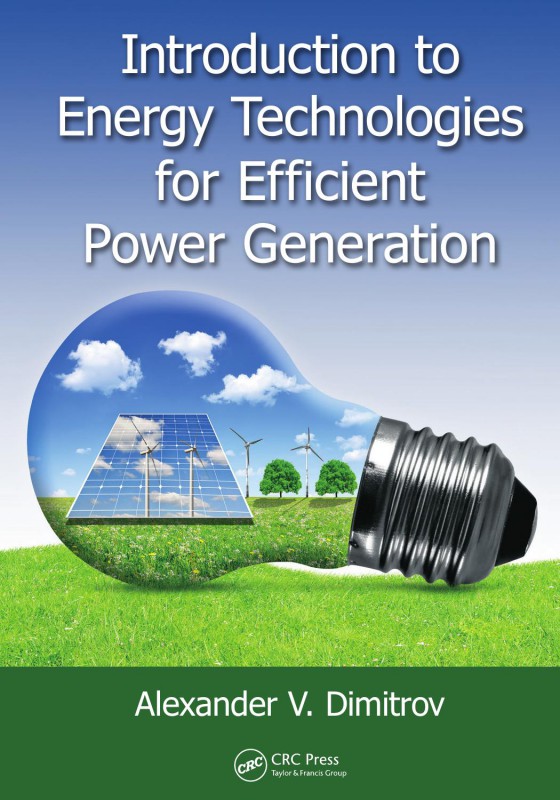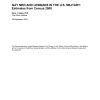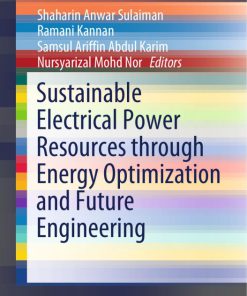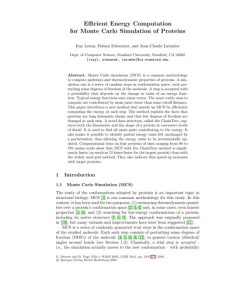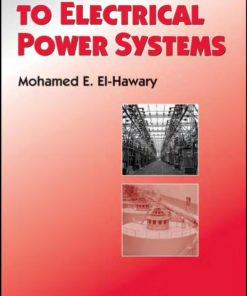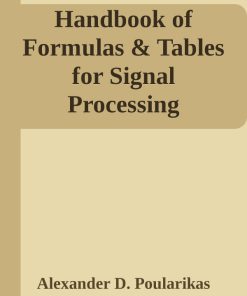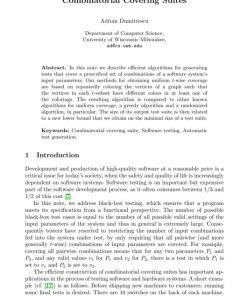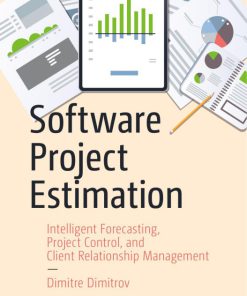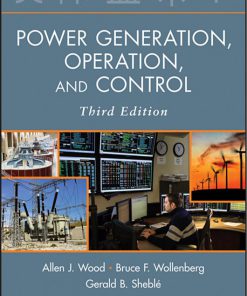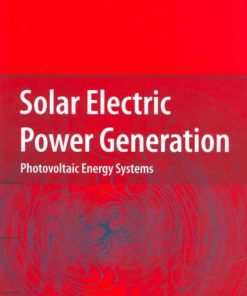(Ebook PDF) Introduction to Energy Technologies for Efficient Power Generation 1st edition by Alexander Dimitrov 1351652249 9781351652247 full chapters
$50.00 Original price was: $50.00.$25.00Current price is: $25.00.
Authors:Alexander V. Dimitrov , Series:Electrical Engineering [226] , Tags:Electrical , Author sort:Dimitrov, Alexander V. , Ids:Google; 9780367573850 , Languages:Languages:eng , Published:Published:Jun 2020 , Publisher:Taylor & Francis Group , Comments:Comments:This book serves as a guide for discovering pathways to more efficient energy use. The first part of the book illustrates basic laws of energy conversion and principles of thermodynamics. Laws of energy conservation and direction of energy conversion are formulated in detail, and the types of thermodynamic processes are explained. Also included is the characterization of various types of real energy conversion. The second part of the book discusses types of energy conversion referred to as thermal-energy technologies. The advantages of the co-generation processes and devices operating within the Brayton direct cycle and their adaptively to household energetics are underlined.
Introduction to Energy Technologies for Efficient Power Generation 1st edition by Alexander V. Dimitrov – Ebook PDF Instant Download/DeliveryISBN: 1351652249, 9781351652247
Full download Introduction to Energy Technologies for Efficient Power Generation 1st edition after payment.
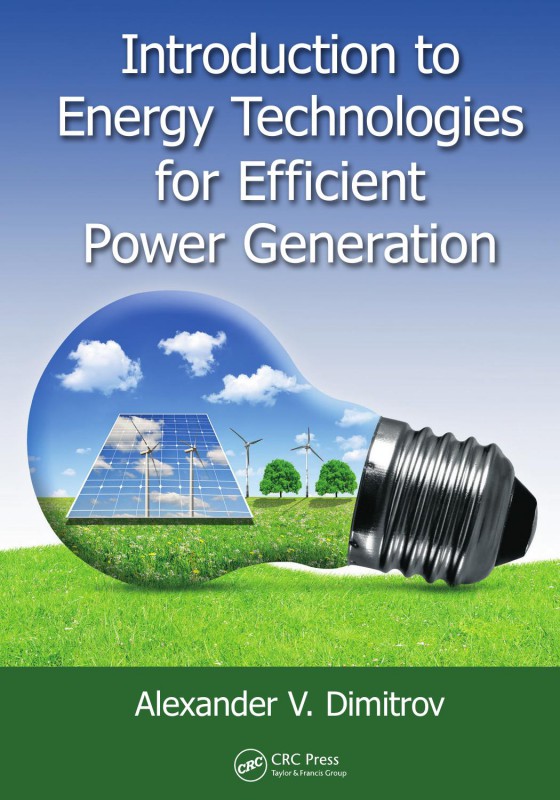
Product details:
ISBN-10 : 1351652249
ISBN-13 : 9781351652247
Author : Alexander V. Dimitrov
This book serves as a guide for discovering pathways to more efficient energy use. The first part of the book illustrates basic laws of energy conversion and principles of thermodynamics. Laws of energy conservation and direction of energy conversion are formulated in detail, and the types of thermodynamic processes are explained. Also included is the characterization of various types of real energy conversion. The second part of the book discusses types of energy conversion referred to as thermal-energy technologies. The advantages of the co-generation processes and devices operating within the Brayton direct cycle and their adaptively to household energetics are underlined.
Introduction to Energy Technologies for Efficient Power Generation 1st Table of contents:
1. Theoretical Foundations of Energy Conversions and Thermodynamics
1.1 Energy, Energy Conversion, and Generalized Work
1.1.1 Introduction
1.1.2 Historical Survey of the Stages of Energy Utilization
1.1.3 Basic Terms of Energy Conversion and Thermodynamics
1.1.3.1 Energy
1.1.3.2 Thermodynamic System
1.1.3.3 Basic State Parameters
1.1.4 General Information on the TDS Working Body (Medium)
1.1.4.1 Ideal Gas
1.1.4.2 Einstein Ideal Solid
1.1.5 Work Done in a TDS
1.1.5.1 Mechanical Work Done on a TDS
1.1.5.2 Thermal Work Done on a TDS
1.1.5.3 Other Types of Work in the System
1.1.6 Cascade Mechanism of Energy Conversions and Transformations (Matrix of Direct Transformations)
1.1.7 Control Questions
1.2 Basic Principles of Thermodynamics
1.2.1 Law of Energy Conversions (First Principle of Thermodynamics)
1.2.2 Law Concerning the Natural Direction That a TDP Follows (Second principle of thermodynamics)
1.2.3 Control Questions
1.3 TDPs in an Ideal Medium
1.3.1 Isochoric Process (Charles Process)
1.3.2 Isobaric Process
1.3.3 Isothermal Process
1.3.4 Adiabatic Process
1.3.5 Generalization of Processes Running in a TDS
1.3.6 Control Questions
1.4 Energy Conversion Machines and Their Thermodynamic Cycles: A Standard for Energy Efficiency—Carnot Cycle
1.4.1 Energy Conversion Machines: Basic Types
1.4.2 Thermodynamic Requirements to the Power Machines
1.4.3 Carnot Thermodynamic Cycle Used as an Energy Standard
1.4.4 Control Questions
1.5 Specific Features of Real Energy Conversion
1.5.1 General
1.5.2 Phase Transformations of a TDS Working Body
1.5.3 Cavitation
1.5.4 Joule–Thompson Effect in Throttle-Valve Devices
1.5.5 Vortex Effects: A Fluid Running into a Chamber
1.5.6 Control Questions
2. Conversion of Thermal Energy into Mechanical Work (Thermal Engines)
2.1 Evolution of Engine Technologies
2.2 Engine Technology of Otto–Langen (Carbureted Engine with Internal Combustion)
2.3 Engine Technology Developed by G. Brayton
2.4 Engine Technology Employing External Heat Sources (External Combustion Engines)
2.5 Mechanical–Thermal Technologies (Gas and Vapor Compression)
2.5.1 Compression Cycle
2.5.2 Classification of Compressors
2.5.3 Multistage Serial Compression
2.6 Control Questions
3. Thermoelectric and Co-Generation Technologies
3.1 Direct Thermoelectric Technologies
3.1.1 Internal Ionization of Bodies and Photovoltaic Cells
3.1.2 Thermoelectric Technology of Seebeck
3.1.3 Thermoelectric Technology for Oxidation Control in FCs (Technology of Schonbein/Grove)
3.2 Indirect Thermoelectric Technologies
3.2.1 Steam-Turbine Technology of J. Rankine
3.2.1.1 Tendency to Miniaturize the Overall Dimensions and Power of Nuclear Reactors
3.2.1.2 Alchemic Future of the Thermal Technologies Used for Domestic and Industrial Needs?
3.2.2 Brayton Gas-Turbine Technology
3.3 Employment of Thermoelectric and Co-Generation Technologies in the Design of Vehicle Hybrid Gears
3.3.1 Parallel Hybrid Scheme
3.3.2 Serial Hybrid System (Serial Hybrids)
3.3.3 Economical Aspects of the Hybrid Drives (Optimization of the Ratio between the Power of the Thermal Engine and That of the Electric Motor)
3.4 Control Questions
4. Energy Rehabilitation: Regeneration and Recuperation
4.1 Energy Conversion as Interpreted by the Principles of Thermodynamics
4.2 Regeneration Technologies
4.2.1 Heat Exchanging Devices
4.2.1.1 Heat Regenerators
4.2.2 Air-Compression Heat Pump, Operating of the Brayton Counter Clockwise Cycle
4.2.3 Regeneration of Low Potential Thermal Energy Using a Vapor-Compression Heat Pump (Counterclockwise Rankine Cycle)
4.3 Recuperation Technologies for Thermal Waste and Environmental Energy
4.3.1 Osmotic-Absorption Technology
4.3.2 Hydrodynamic Recuperation Technologies
4.3.3 Radiative-Optical Technologies Concentrating Solar Energy
4.3.3.1 Technology of the Reflecting Geometry
4.3.3.2 Technology of the Geometrical Optics
4.4 Control Questions
5. Energy Transfer and Storage
5.1 From Spontaneous to Controlled Transfer and Storage of Energy (Trends in the Development of Energy Transfer Technologies)
5.2 Control of Heat Transfer in Energy Equipment
5.2.1 Vector Quantities of Heat Transfer and Gradient of the Temperature Field
5.2.1.1 Vector Quantities of Heat Transfer
5.2.1.2 Temperature Field
5.2.2 Energy Transfer in Solids, Gases, and Liquids (Thermal Conductivity and Convection)
5.2.3 Characteristics of Heat Transfer through Compact Inhomogeneous Multilayer Walls
5.2.4 The Role of Heat Storage in Compact Bodies: Capacitive Thermal Resistance
5.2.5 Radiative Heat Transfer: Reflective Heat Resistance
5.2.6 Control of the Heat Transfer through TDS Control Surfaces (Arrangement of the Thermal Resistances within the Structure of Compact Wall Elements)
5.2.7 Calculation of the Thermal Insulation
5.3 Control Questions
6. Energy and Indoor Environment
6.1 The Necessity of Designing a Comfortable Indoor Environment
6.2 Energy Needed for Thermal Comfort in an Inhabited Area
6.3 Energy and Clean Air
6.3.1 The Necessity of Clean Air in the Occupied Area and Methods of Its Supply
6.3.2 System of Indoor Environment Control in Ground Transport
6.3.2.1 Requirements of the Indoor Environment of Ground Transport
6.3.2.2 Description of ECS Employed in Ground Transport
6.4 Energy and Light Comfort in Buildings
6.5 Estimation of Needed Energy
6.6 Role of the Energy Manager in Specifying the Targets of Energy Saving
6.6.1 Energy Efficiency Audit: Engagements of the Energy Managers
6.6.2 Function of a Building Energy Manager in Attaining Energy Efficiency. Energy Management of Building Installations: A Precondition for Energy Efficiency
6.7 Control Questions
People also search for Introduction to Energy Technologies for Efficient Power Generation 1st:
energy and power technology definition
what is energy introduction
what is energy systems technology
what is energy in technology
introduction to energy tutorial

